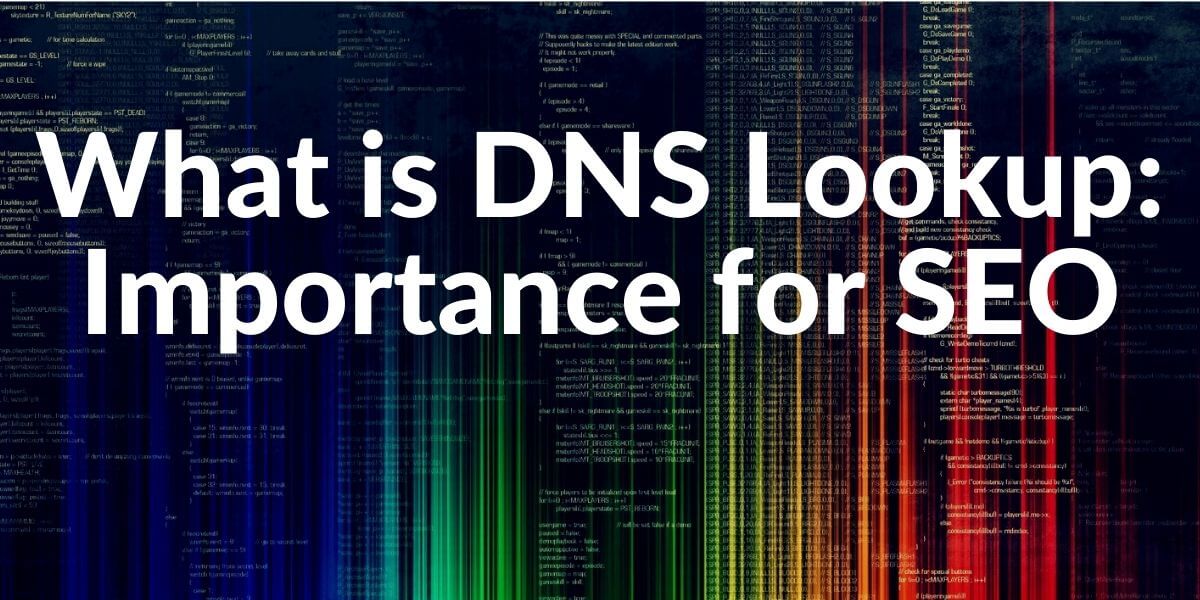A proxy server is a computer that acts as an interface between two computers or networks. The proxy server works as an intermediary and communication interface and can be used to hide your own IP address. Different types can be distinguished: If a proxy server is used as part of a network, one speaks of a network proxy. This transports data within a network from a sender to a recipient without transmitting the sender’s IP.
Because of their versatility, proxy servers are often misused as part of Black Hat SEO. By concealing your own IP address, frequent page views or spam methods cannot be traced. You may want to read related guidelines to learn more.
What is the definition of a Proxy Server?
A proxy server is a computer that acts as an interface between two computers or networks. The proxy server receives data from a sender and sends it with its own IP address to a recipient. The proxy server, therefore, acts as an intermediary and communication interface and can be used to disguise your own IP address. Proxy is to be understood as a short form for “Proxy Representative”.
What are the Types and Uses of Proxy Server?
Proxy servers can act as intermediaries both on the Internet and in their own networks. In addition, different types can be distinguished: If a proxy server is used as part of a network, one speaks of a network proxy. This transports data within a network from a sender to a recipient without transmitting the sender’s IP. In this way, data can also be transmitted if the network addresses of the communication partners are not compatible.
A dedicated proxy not only acts as a communication mediator between two networks or computers but also actively influences the type of communication. The data packets to be transmitted can be changed, filtered, or saved, for example. This temporary storage of data can be found above all in the case of dedicated proxies on the Internet because data packets are thus more quickly available when a new request is made. The server uses HTTP protocols or FTP protocols for the transmission.
Proxy servers that are installed on a firewall are called Circuit Level Proxies. In this case, the server performs a filter function with regard to access via certain addresses or ports. In this way, for example, a website can only be accessed after authentication has taken place. Circuit-level proxies are also called generic proxies.
What are the functions of a Proxy Server?
Proxy servers can be used in a variety of ways. Among other things, proxies are used as an interface between home networks and public networks, to control the network bandwidth and to protect against network attacks. In all cases, intermediate proxy servers are used to allow individual users to access a network or to provide them with certain resources.
In practice, proxy servers often also perform a logging function to register activities within a network. Many Internet users also use proxy servers to anonymize their own IP addresses. The use of dedicated proxies on the Internet reduces the server load and makes data packets easily available. In addition, these servers can also be used to filter and block content in public networks.
How does a Proxy Server Work by Using the Example of a Website Call?
A client’s web browser sends the request to retrieve a specific website to the proxy server responsible for it. This accepts the request and, if necessary, examines whether it is a legitimate request from the client. If the request is allowed, there are two options. If the proxy has the response to the request in its own cache, it sends it directly to the client. If the proxy has no answer in its cache, it sends the request to the web server as a proxy with its own IP address.
This sends the requested content back to the proxy. The proxy checks the received data, stores it in its cache, and forwards it to the client. The client does not come into contact with the IP address of the web server and the webserver does not come into contact with the IP address of the client.
What is the Purpose of a Proxy Server?
Proxy servers perform many tasks. Thanks to their proxy role, they are able to control, filter, and cache data and connections. This way, internal networks, devices, or services can be protected against external threats from the Internet.
Caching makes it possible to answer regularly recurring requests. Bandwidth can be saved and response times can be reduced. As an interface between two communication partners, the proxy can filter data traffic, block unwanted content or reject conspicuous requests.
Another function of the proxy is to control the available bandwidth and load distribution. The proxy server can assign bandwidth to individual clients and thus make optimal use of resources. The blocking of transmission capacity by a single or a few services is prevented. If there are several lines or interfaces, the proxy server ensures that the load is distributed evenly.
Proxy servers can also be used to anonymize connections and hide identities. Since the proxy is connected between the source and destination of a connection and prevents direct communication between the participants, the two end stations have no knowledge of the address of the other. All clients behind a proxy appear externally with their identity.
What is the Difference Between Visible and Transparent Proxy?
Depending on whether a proxy is visible from the point of view of the communication participants or remains hidden, a distinction between transparent and visible proxy is possible. A conventional visible proxy acts as an independent instance for the communication partners and is deliberately addressed by them via the proxy IP address. The client transmits the execution of its requests to the proxy and is configured in such a way that it does not send all requests to the actual destination address but to the proxy.
In the case of a transparent proxy, it is not apparent to at least one of the two communication partners that an additional instance is switched on in the communication connection. The remote stations assume that they communicate directly with each other. The proxy server is invisible to you. If a client sends a request, it addresses it directly to the target and not to the proxy. The network infrastructure is configured in such a way that all requests are automatically routed via a proxy instance. The proxy then acts as a communication partner toward the destination.
What is the Difference Between Forwarding and Reverse Proxy?
Depending on the direction in which a proxy works, a distinction between forwarding and reverse proxy is possible. The forwarding proxy is connected between the private network and the Internet and accepts all connection requests from clients from the private network. The proxy is responsible for external communication. Local end devices are therefore shielded from external influences from the Internet and do not appear individually on the outside. The proxy is the contact person for all external devices and services to whom data must be sent. All IP packets are addressed to the IP address of the proxy and not the client. Before the proxy forwards the data to the clients, it performs control functions. Security systems do not have to be installed on many individual clients, but only on the proxy.
A further distinction is possible between generic and dedicated proxy servers. If a proxy is only responsible for a single protocol, one speaks of a dedicated server. If the proxy is representative of many communication protocols, it is a generic proxy. Different dedicated proxy servers can be installed and responsible for different protocols such as HTTP, SMTP, or FTP in a network. A generic proxy supports multiple protocols and is not specialized in individual ones.
What are the Communication Options via a Proxy Server?
There are various ways of communicating between an internal network and the Internet via a proxy server. In many installations, the IP address of the proxy server is configured manually on the client or declared as an environment variable.
The proxy server can also be defined on the end devices via an automatic configuration or discovery routine. If a transparent proxy is used, there are no special proxy configurations on the end devices. Without knowing the end devices, the network configuration ensures that the requests are forwarded to the proxy and sent on by the proxy.
What is the Influence of Proxy Server on SEO?
With regard to search engine optimization (SEO), website operators can benefit from proxy servers. The advantage for operators is that the reason for frequent page visits by proxy servers cannot be recognized by search engines. Automated page views play a role, especially with regard to the placement of a website in the SERPs.
However, proxy servers are also used as part of Black Hat SEO to improve the placement of a website in organic search hits at short notice by using unfair practices such as spam. By manipulating the IP address (reverse IP proxy), websites can be given different identifiers even though all domains are on the same server. Proxy servers can also make the analysis and evaluation of website access more difficult. If people access a website via a proxy server, this access cannot be tracked to the corresponding person later, since only the IP address of the proxy server is stored in the log file.
- B2P Marketing: How it Works, Benefits, and Strategies - April 26, 2024
- SEO for Casino Websites: A SEO Case Study for the Bet and Gamble Industry - February 5, 2024
- Semantic HTML Elements and Tags - January 15, 2024



A proxy server is a gateway between a user and the internet. Simply put, it is an intermediary server that accepts incoming requests and retrieves the data from a webpage or site on behalf of the user. They also act as additional data security, protecting users from malicious activity on the internet.